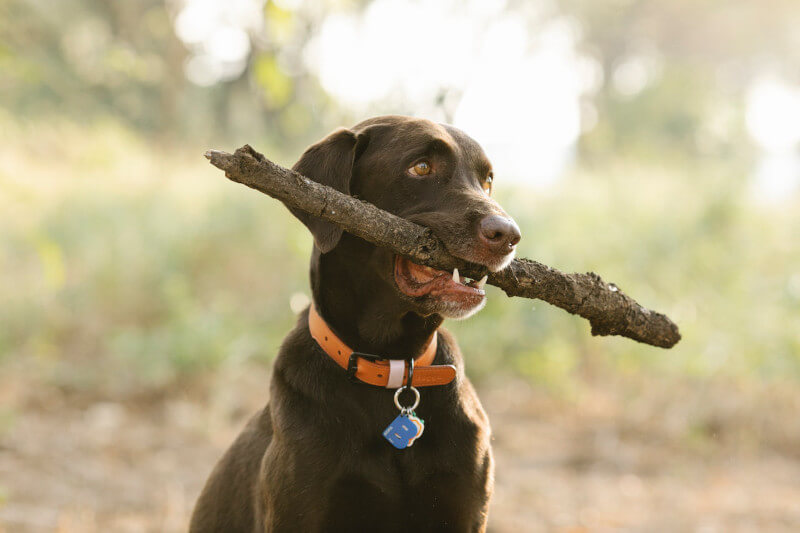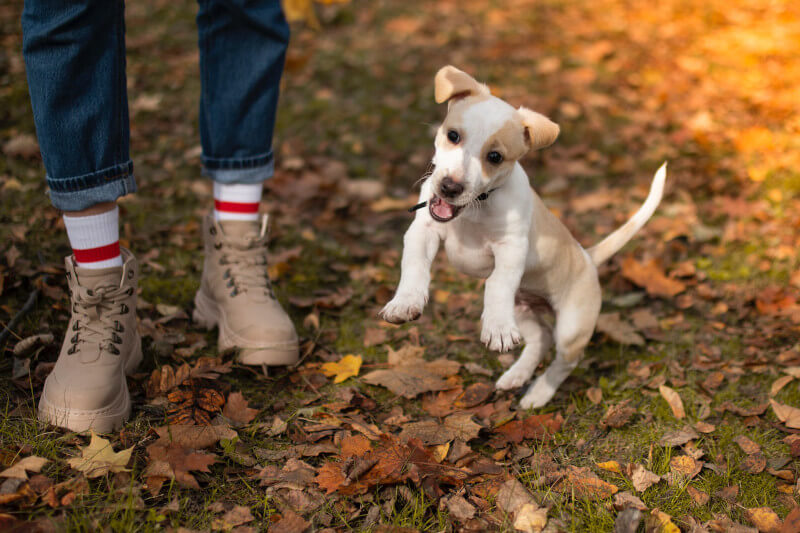Moving with pets may be just as traumatic for the animals as it is for you, so try to minimize their anxiety as much as possible. When it comes to relocating with your dogs, this procedure does not have to be as stressful as it may seem, and we’d like to offer you a few pointers on what to do in various situations.
You will retain your sanity and your pets will be as relaxed as possible if you plan for a move that is favorable to pets. We want every of your family members to feel at ease while you explore new environments. Planning is the key to successfully relocating your pet.
If you adhere to these guidelines, you ought to be able to experience a relocation that is devoid of stress:
Necktie With Identifying Tag

Is the identification tag on the collar of your pet up to date, with your NEW or current contact information?
Obtain the Documentation and Information About Your Dogs From the Veterinarian
You might be traveling a long distance, in which case the new veterinarian will require access to your previous veterinarian’s medical data.
Check to see that all of the immunizations are valid and current before moving to the new place. It’s possible that you’ll be relocating to a different country. Check that you are aware of the newest rules and regulations. Be sure to jot down the emergency contact information for both the previous and the new veterinarian.
Does Your Pet Take Ongoing Medication or Follow a Diet Prescribed by a Veterinarian?
Ensure that you have enough supplies to last a month in advance, and check to see if your new site will be able to meet your requirements in this regard.
You Should Let Your Current Neighbors Know That You Will Be Moving
Your pet may make an effort to return to the previous location if it is not too far away. Give your contact information to the new residents of your house or your old neighbors, along with a picture of your pet, and urge them to get in touch with you if your animal is located in the area. This will help keep your pet safe.
On the Day of the Move
Because so much is going on today, it’s possible that your pets will experience a great deal of anxiety as a result of all that’s going on. It is in everyone’s best interest to secure them in a room (the bedroom or the bathroom) with a mattress, some treats, and some water.
During the course of the Relocation
If you have decided to cage your pet for the duration of the transfer, you should ensure that they are comfortable with the cage they will be confined to for an extended period before you start the process. Begin one week before the relocation by putting their favorite blankie and some food in the carrier with them. Leave the door open and give them permission to look at this new location so that they may become accustomed to it before the relocation.
Carry a First-aid Kit in Your Vehicle
The following items come highly recommended by our team: gauze, adhesive tape, bandages, 3% hydrogen peroxide, and two towels. Emergency contact information for veterinarians and relatives must also be included.
Precautions to Be Taken for the Interior of the Car

When traveling with your pets, make sure you use a dog carrier or another container that has adequate ventilation. Put the seatbelt around the crate to keep it secure; veterinarians do offer seatbelts for animals.
Never, ever leave your pets in the car since they can begin suffering from heat exhaustion within 15 minutes or they could be taken from the car if you leave them there.
When you want to pull over for a breather for your pets, take a turn off onto a quiet street (or farm road), and pick a peaceful place for them to roam and do their business in. You may then go on with your trip.
Will You Be Staying the Night?
Choose a halfway stop that allows pets and be certain to let the proprietor know how many animals you will have with you at that time.
Will Your Pet Be Traveling by Airplane to Their New Home?
At a minimum, you will need two months’ worth of planning for this. Utilizing the services of a Pet Travel Agent is strongly encouraged at all times. Make sure that you have contacted the airline and have a good understanding of the policies on pets. Discuss the possibility of transporting your dogs via this method with your trusted veterinarian, as well as the ways in which you may lessen the strain on them throughout the flight.
It’s Time to Find a New Veterinarian
It is smart to ask for a suggestion from the veterinarian who currently treats your pet. Talk to locals and find out who they think would be the best person to recommend as your new veterinarian, and then set up an appointment with them.
Now, you should question yourself: Are the personnel, including the admin staff, physicians, technicians, and assistants, personable, competent, and professional? Are you able to find it easy to get to the office and are the hours reasonable? Does the medical facility provide boarding, emergency care, or specialized services? If the veterinary clinic doesn’t suit your requirements, you should keep looking until you can be certain that your pet will receive the very best treatment that is available.
Is Your New Place of Residence Prepared for the Arrival of the Pets?

The most important thing to do
They are going to be anxious, but they will also be excited to investigate their new surroundings. They should be confined to a room (or the bathroom) with all of their playthings, bedding, food, and water. Check to see that you have these things near at hand during the moving process. Lock down every possible entryway (windows, gates, and possible places that they could escape through). Give them permission to investigate their new location as soon as the chaos associated with the move has died down. Putting a dab of butter on top of the cat’s paws is a useful distraction tool, they will be compelled to stop what they are doing and lick the butter off of their paws. They will have enough time to settle down and become accustomed to their new surroundings if they are given this opportunity.
Become Familiar With Your New Community and Surrounding Area
Find out whether there are any health issues for pets (such as rabies) in the area, and make sure that your pet is up to date on all of its vaccines. Where can you go for walks with your dogs that are both pleasant and secure, and what are the criteria for pets in terms of the Home Owners Association (any laws or regulations that apply)?
We hope that you and your pets have a safe trip and that everything works out well for you in your new house!

